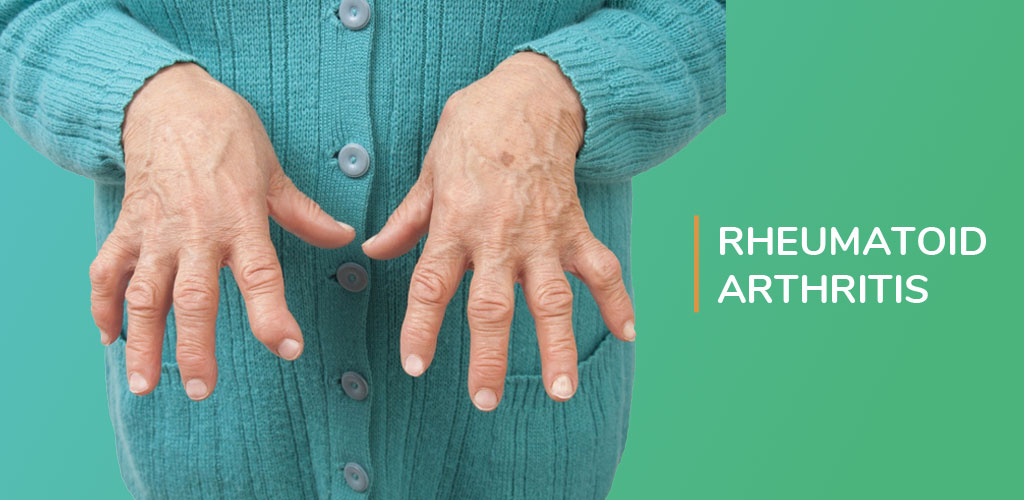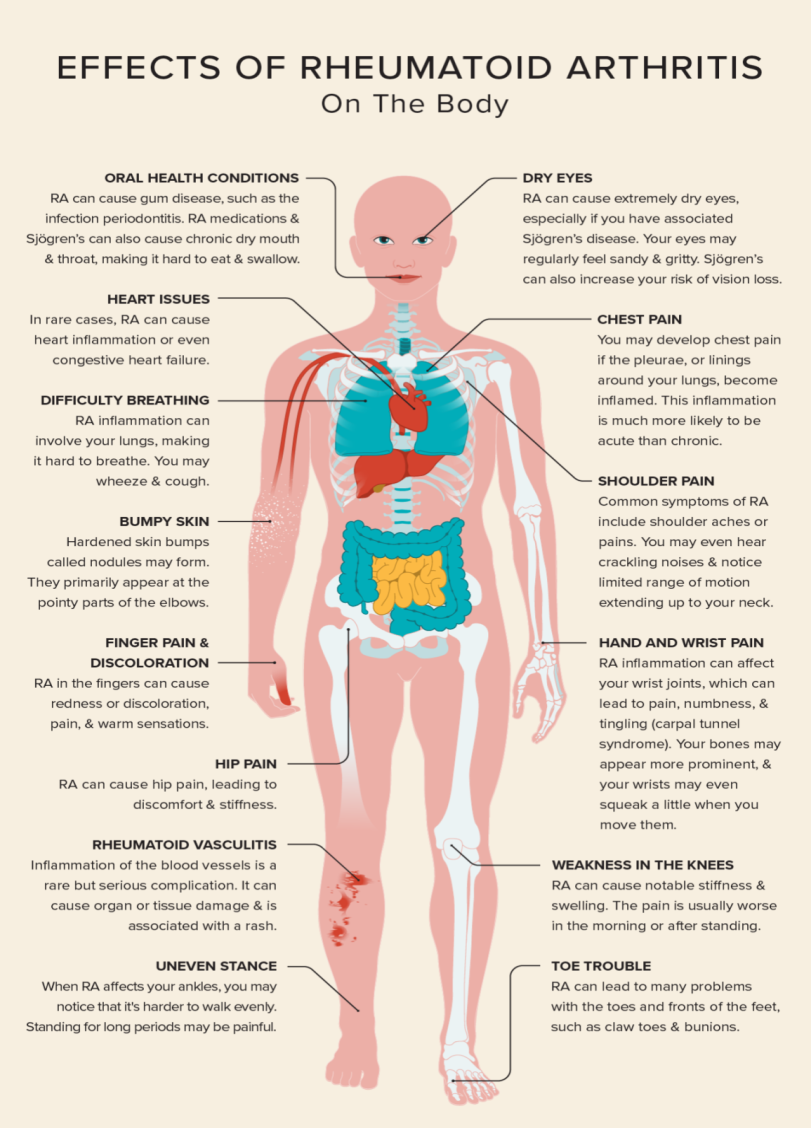Free Courses Sale ends Soon, Get It Now


Free Courses Sale ends Soon, Get It Now



Copyright infringement not intended
Picture Courtesy: https://www.physioline.in/rheumatoid-arthritis
Context: The Lancet study investigates the potential of Abatacept, an existing drug used to treat rheumatoid arthritis (RA), to prevent the disease in high-risk individuals with specific antibodies (ACPA).
Details
Rheumatoid Arthritis
What causes RA?
What are the symptoms of RA?

How is RA diagnosed?
How is RA treated?
Conclusion
Must Read Articles:
ANTI-RHEUMATIC MEDICINES: https://www.iasgyan.in/daily-current-affairs/anti-rheumatic-medicines
|
PRACTICE QUESTION Q. What is Abatacept primarily used for in medical treatment? A) High blood pressure control B) Diabetes management C) Rheumatoid arthritis treatment D) Antibiotic therapy Answer: C Explanation: Abatacept is primarily used as a biological disease-modifying anti-rheumatic drug (DMARD) for the treatment of rheumatoid arthritis (Option C). |
© 2024 iasgyan. All right reserved